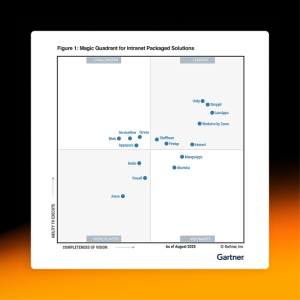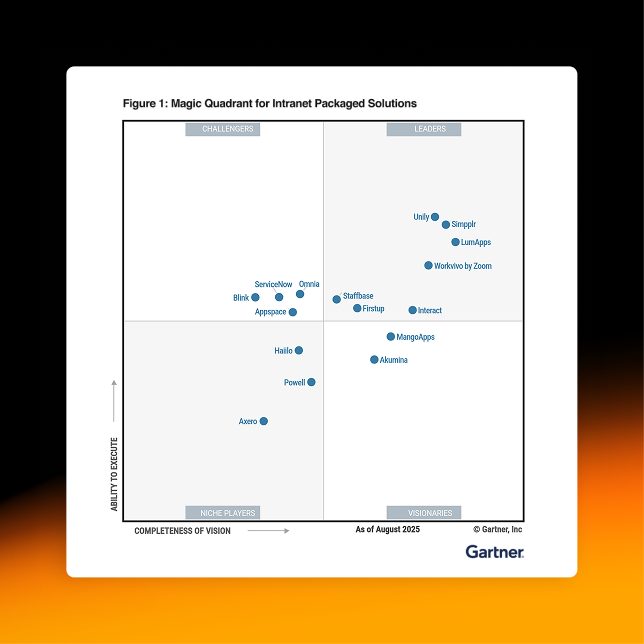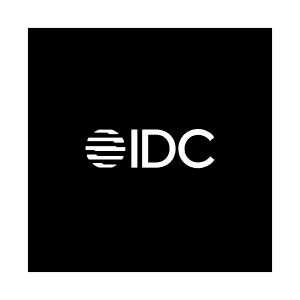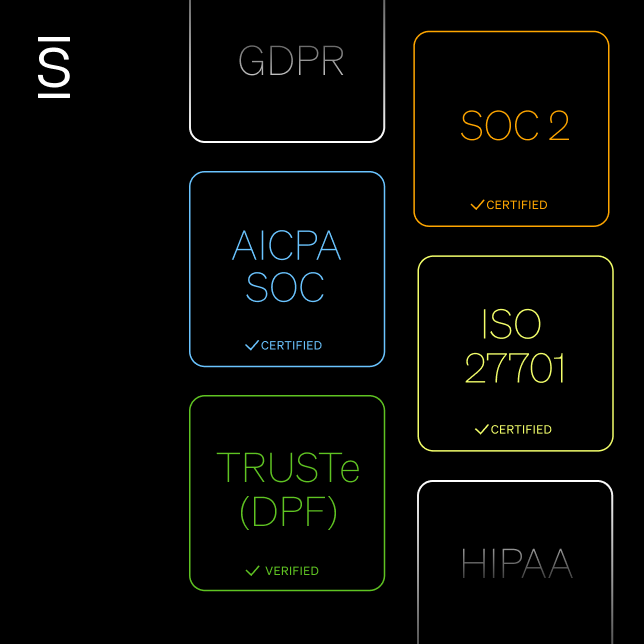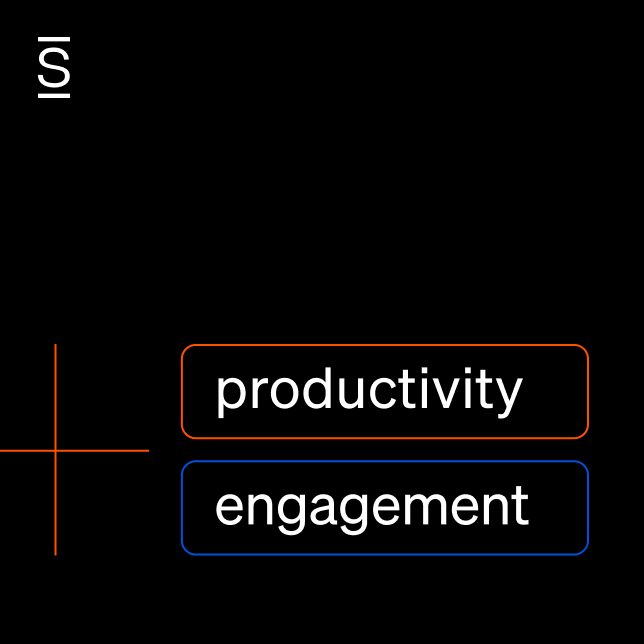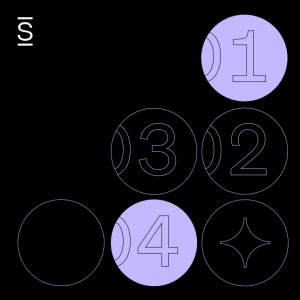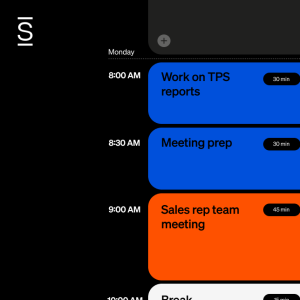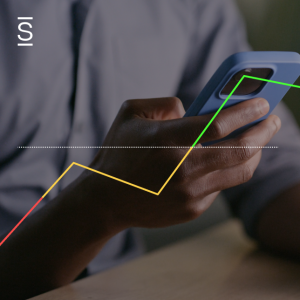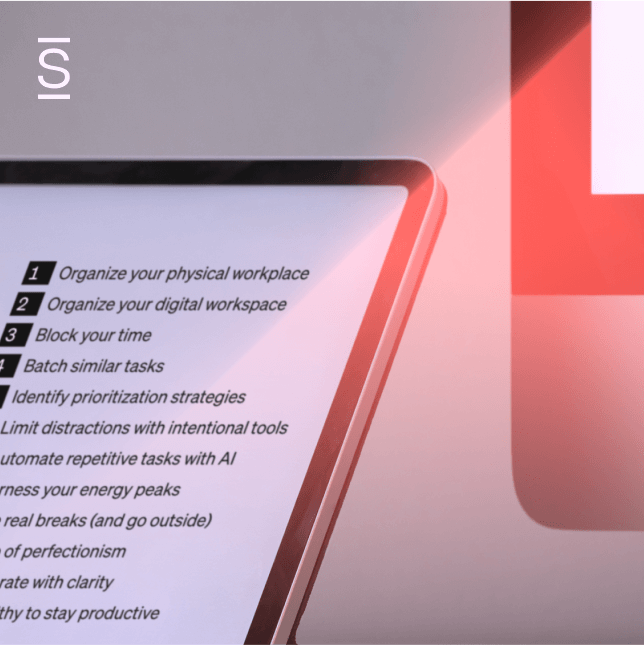Productivity vs. efficiency. Both are important metrics in any business. While often used interchangeably, there are key differences between the two, and neither is complete without the other. True productivity takes efficiency into account, and vice versa.
This post explains productivity vs. efficiency and shows you how to combine them in analyzing business performance.
What is productivity?
Productivity is the raw measure of total output over a specific period of time. It takes only two things into account: how much was produced and the amount of time it took.
If everything else remains the same, an increase in productivity between one unit of time and the next indicates real progress, but that’s a big “if.” For example, let’s say your factory produced more widgets this month than last month, but the quality of those widgets dropped significantly. That’s an improvement in productivity, but it’s not a great result.
How do you calculate productivity?
The productivity formula is simple: count the number of things you produce in a given amount of time. Companies might track productivity by counting the number of units produced each day in a factory or by counting their number of sales each week, for example.
Are you running a holiday sale? Tracking productivity can tell you how many extra units that sale generated, but productivity alone won’t tell you whether you made more money. That’s one of its major limitations as a business metric.
Productivity also doesn’t take quality into account, and it doesn’t measure other inputs, like the cost of labor hours. If you’re paying your team overtime to make extra widgets, those extra units are costing you more to produce.
That’s why companies don’t track productivity alone. Knowing your level of productivity is useful, but it doesn’t tell the whole story.
Examples of productivity:
- Boxes loaded per hour
- Social media posts per week
- Customer support calls handled per day
- Sales generated per quarter
What is efficiency?
Efficiency is a measure of output vs. input — how much was produced compared to how much went into it. Money, raw materials, labor hours, energy. When measuring the level of efficiency, production costs matter.
Return on investment (RoI) is a specialized measure of efficiency, telling you how much money a project made compared to the cost of completing it.
How do you calculate efficiency?
The efficiency formula is also simple: measure your total output and divide it by your total input. You can multiply the result by 100 to see it as a percentage.
When you produce more output using fewer resources, you increase your level of efficiency.
Examples of efficiency:
- Clients served per accountant
- Sales generated per advertising dollar
- Number of clicks per hundred emails sent
- Customer questions answered per team member
What’s the difference between efficiency and productivity?
Efficiency measures output over input. Productivity measures output over time.
Because time is one kind of input, these calculations can look very similar. That’s why productivity and efficiency are so easily confused.
The difference is easier to see when you think of the problem in terms of investment.
If you have an investment that makes $1,000 per year, that’s your investment’s productivity. It measures how much you’re making per year, but it doesn’t tell you how much you invested.
By contrast, if you made $1,000 and invested $500, your investment’s efficiency is 200%, but that doesn’t tell you how long it took to make that much money.
That’s why productivity and efficiency go hand in hand. When comparing investments, what you really want to know is both: how much is each investment making per dollar invested, per year?
The problem with productivity
There are actually several problems with focusing too much on productivity.
First, increasing your quantity of work can cause quality standards to suffer. When you need high-quality output, your production process can’t afford to cut corners.
Second, productive people tend to push the envelope with longer work days and more work hours each week. That amount of work can easily lead to burnout.
Third, increasing productivity often comes at a higher cost. If you aren’t tracking efficiency at the same time, high productivity might be costing you more than you realize.
The problem with efficiency
Unfortunately, focusing on efficiency alone comes with similar problems.
Pushing time management to the limit puts a lot of stress on your workforce. Teams might work with high efficiency over short “sprints,” but asking them to do that over and over will lead to burnout just as quickly as high productivity.
Trying to do more in less time or with fewer resources can also lower quality, and reducing one cost can cause others to rise. For example, buying cheaper components could lead to more breakage in your production process.
Balancing productivity and efficiency for optimum performance
Bottom line, employees thrive when you find the right balance among productivity, efficiency, and quality while keeping stress levels low. The biggest wins come from evolutionary leaps forward — when productivity, efficiency, and quality all improve while decreasing daily stress levels for your team.
As improbable as that sounds, today’s digital transformations are using AI-driven automation to do exactly that — improving productivity, streamlining workflows, lowering error rates, and reducing stress, all at the same time.
To learn more about transforming productivity while improving the employee experience and increasing engagement, read Increasing Productivity and Effectiveness Using the Intranet.



